-
Plant summer blooming color
such as cosmos, salvia, annual vinca, zinnias, petunias, to name a few. These are all heat lovers and will flourish in summer.
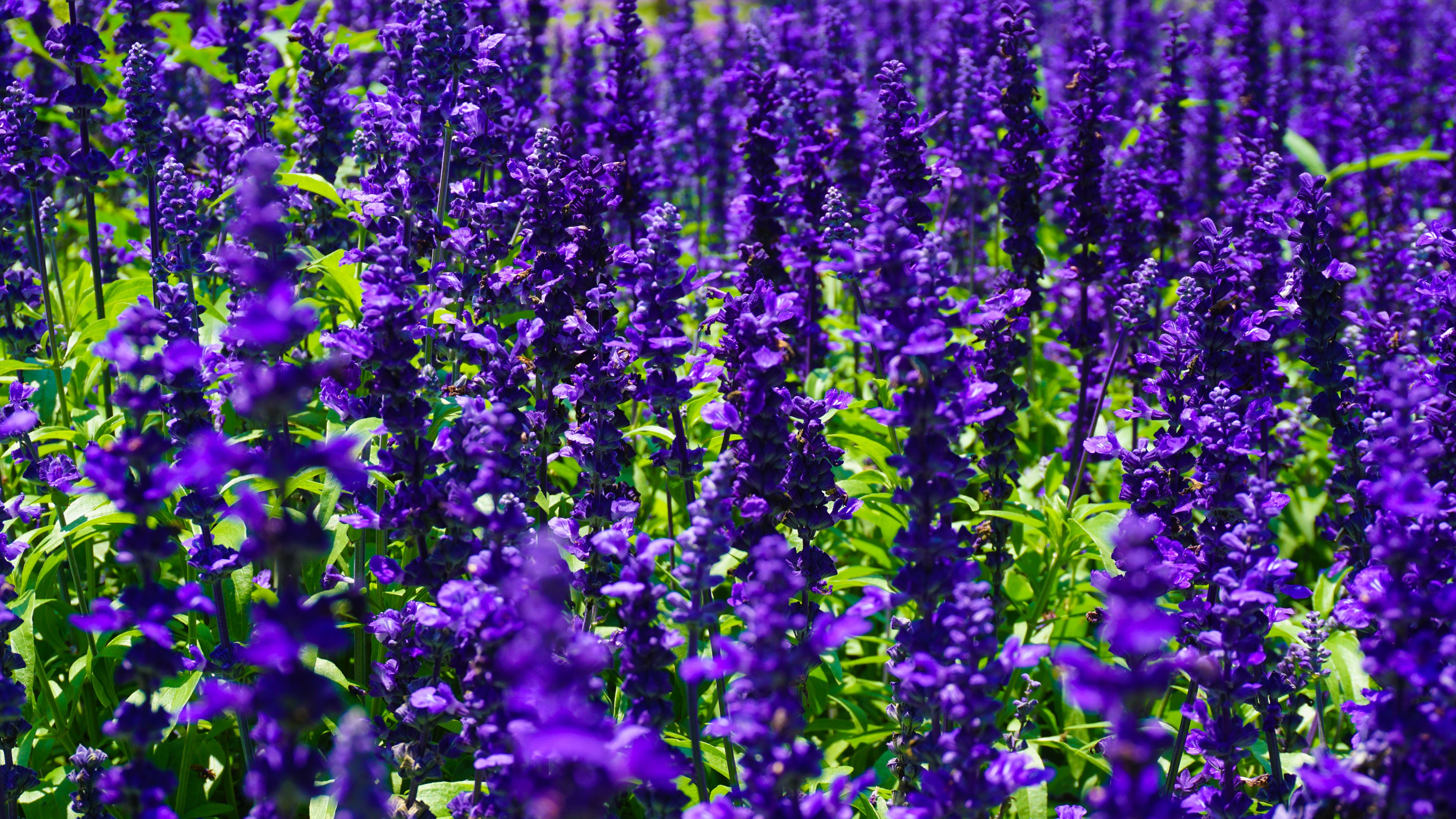
-
Keep your eye on increased watering needs in your garden
during periods of hot and/or windy weather. Watering deeply less often as opposed to shallowly will help plants to become more drought tolerant.
-
Use Vitamin B1 and EB Stone Organics Sure Start when planting new plants
to help reduce transplant shock and encourage a healthy start.
-
Plant a pollinator garden.
To attract pollinators including native bees, honey bees, butterflies, hummingbirds, moths, and more.
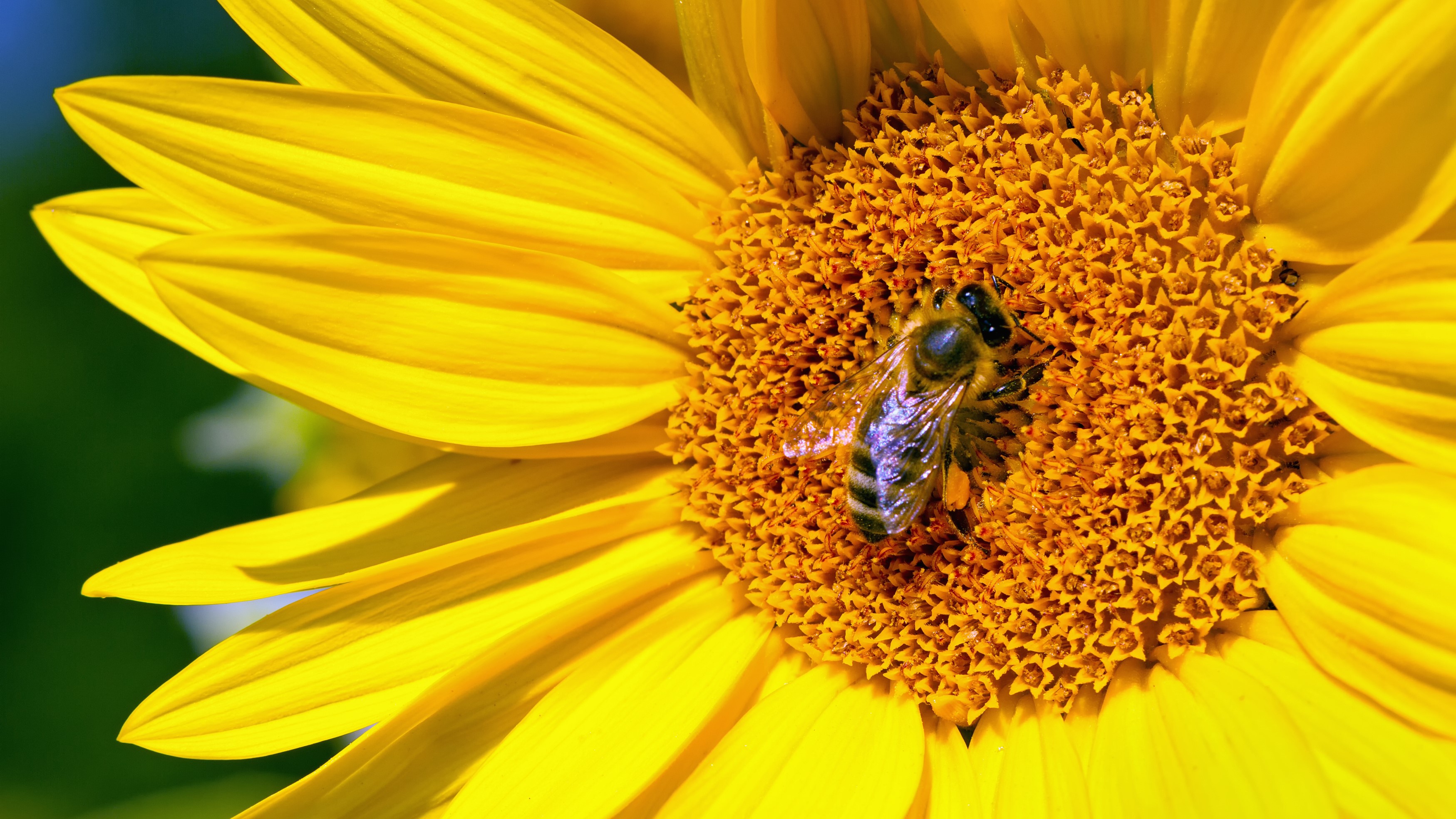
-
Water well before and after fertilizing
to prevent injury such as a burn to plants. It is best to fertilize in the early morning or late evening when it has cooled down. If your plants are looking nutrient-depleted, fertilize with one of EB Stone Organic’s Plant Foods.
-
Fertilize camellias, azaleas, and rhododendrons
again with EB Stone Organics Azalea, Camellia and Gardenia food. For moisture conservation, top dress the root zone with EB Stone Acid Planting Mix.
-
Fertilize color beds, containers, and hanging baskets
with Maxsea All Purpose fertilizer and Bloom fertilizers to promote green growth and flowering.

-
Pick up and compost fallen fruit
to avoid infestations of insect pests and the spread of fungal spores.
-
Remove spent flowers from annuals and perennials
to promote more blooms. Some annuals and perennials can even be sheared back now and fertilized so they will flush all new growth and flowers.
-
Harvest vegetables
when they are at prime size so that energy can be spent on making new fruit/vegetables.
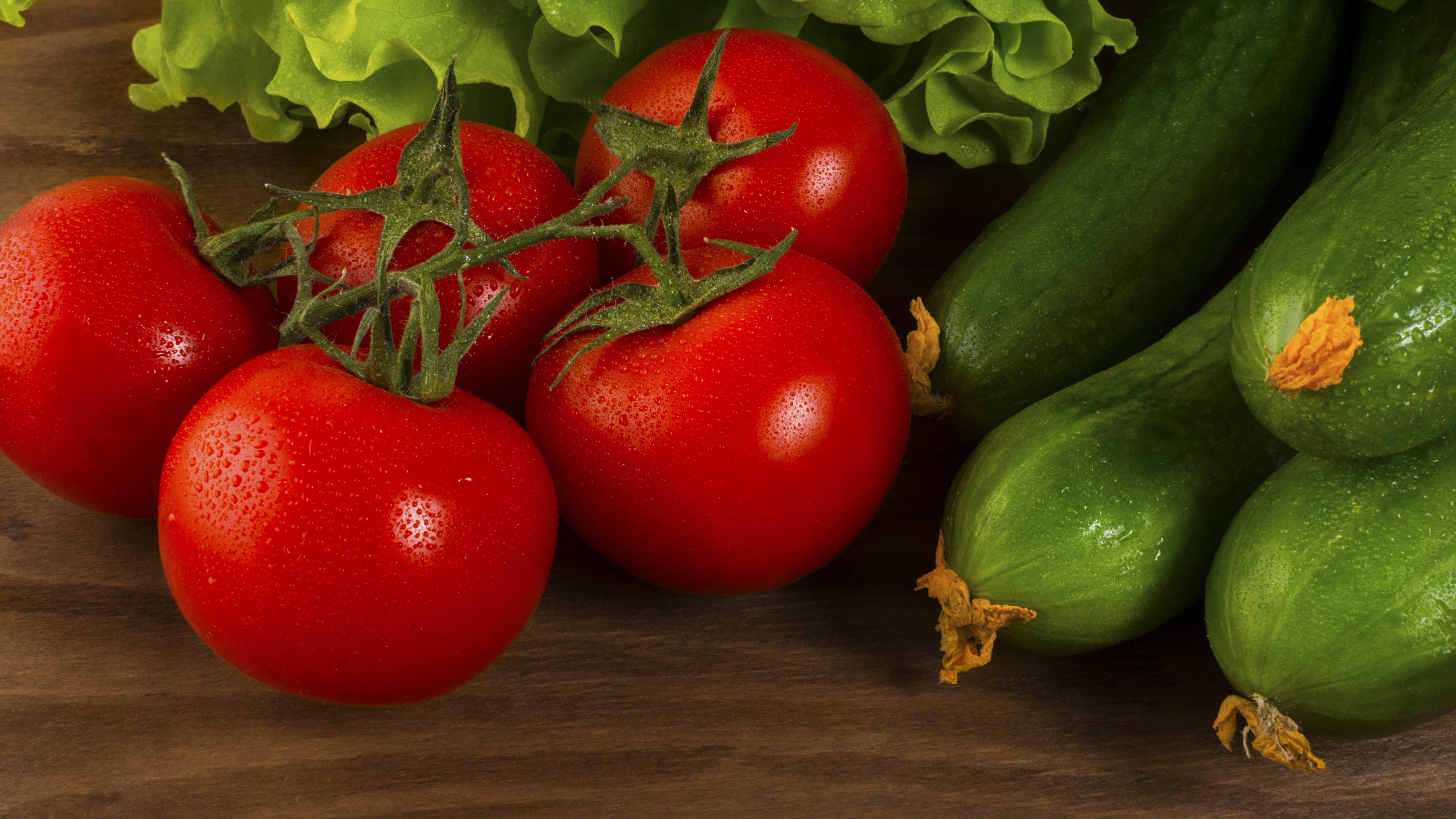
-
Finish pruning any spring flowering shrubs.
Prune now so that you are not removing flower buds that will be forming soon for next year’s bloom.
-
Repel gophers and moles
by applying Bonide Molemax. If you would like to control gophers with a trap, we now carry GopherHawk trap. These are incredibly easy to set, require no poison, and are reusable.
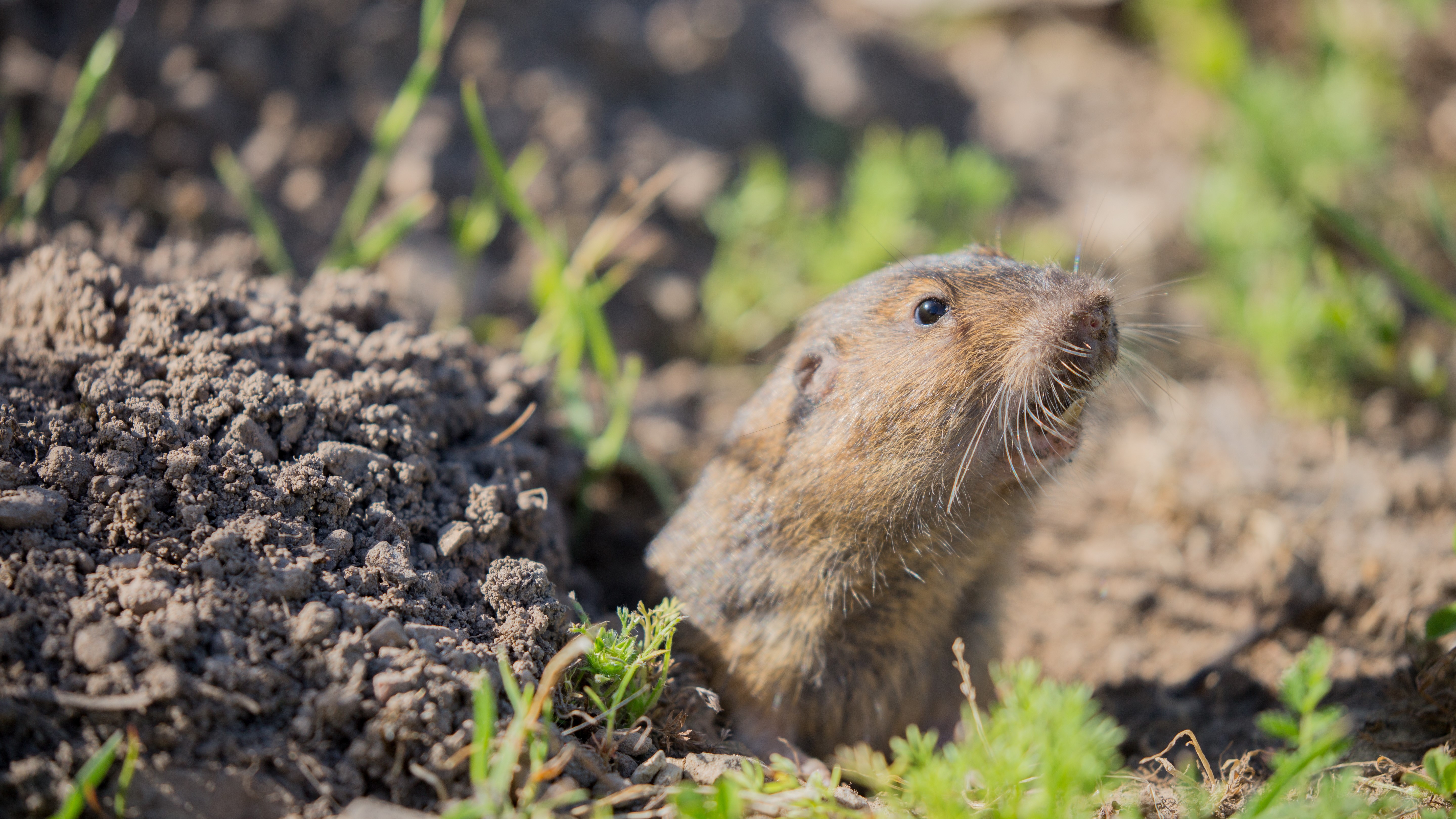
-
Birds and bees would appreciate somewhere to get a drink of water.
Consider adding a birdbath to your garden or set out a shallow tray of water. Be sure to refill often with fresh, clean water.
-
Monitor for insect pests
such as whitefly, aphids, slugs, snails, earwigs, to name a few. Be sure to read your pesticide labels as active ingredients do change and thus dilution rates or days until you can harvest from edible plants may be different than what you are used to. Stop by for a recommendation on the least toxic or non-toxic method for control.
-
Conserve soil moisture and suppress weeds
by mulching garden beds with bark mulch or composted mulch.
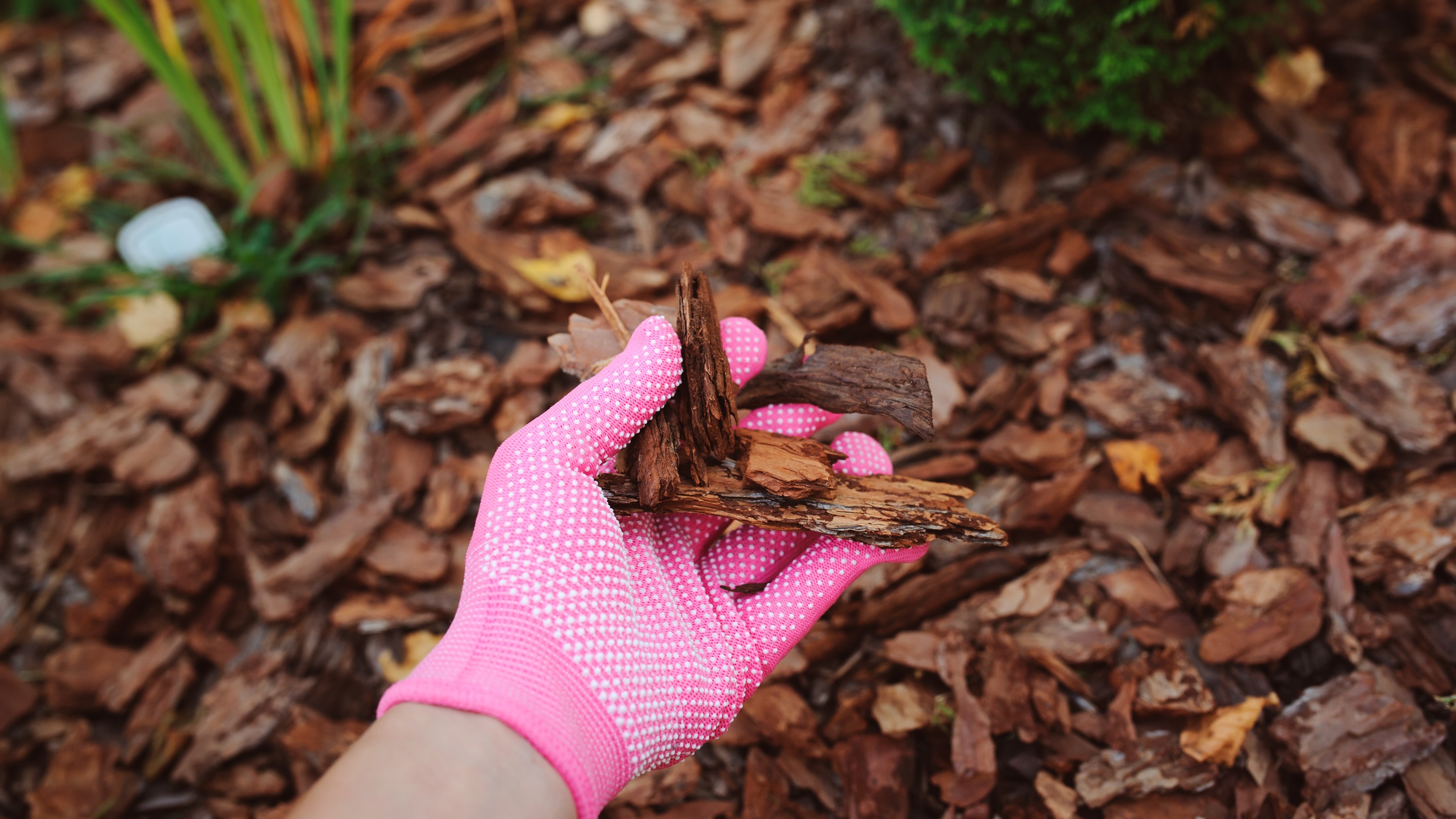
-
Set out yellowjacket traps
or refill the attractant on your existing traps to keep yellow jacket populations down.
-
Use Bonide Copper Fungicide for powdery mildew, rust, or black spots on roses.
Bonide Copper Fungicide will effectively control these and can be applied in the heat of summer.

-
Prune berry vines once you have finished harvesting fruit.
Prune old canes that have just finished fruiting down to the ground unless they are an everbearing variety.
-
Check succulents for signs of stress.
While these plants are drought tolerant, they may need an extra drink of water during hot summer months.
-
Fill in your summer vegetable and herb garden as needed.
There is still time for plants to form fruit before the first frost.


